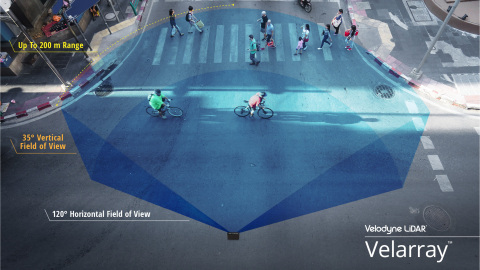I'm an autopilot pessimist, and do not plan to buy it unless the cost drops dramatically. But to be fair to Tesla:
1) The sudden divorce with MobilEye was devastating, and a massive setback to Tesla's autopilot plans. They had to switch to their nascent internal programme with new hardware, which wasn't at all ready; they're just now starting to catch up.
2) Companies like Google are doing their self-driving tech with the inclusion of LIDAR. Which is a wonderful mapping tech. It also cost $75k per unit when Tesla first got into self-driving. Today it costs "only" $7,5k per unit. Tesla deliberately chose to handicap themselves by not including LIDAR in order to ensure that the self-driving tech that they do develop will actually be affordable, and so that they can include the capability for it on every vehicle. They do pay a price for this, of course. Photogrammetry tends to be prone to misstitching problems when creating 3d models, and radar (which they haven't been using for very long, and which they assign a low trust rating to as a consequence) "sees" the world in an unusual manner (aka, a piece of aluminum foil is blazingly bright, but a piece of plywood is transparent; humans are ghostly translucent figures)
I'd take it as an encouraging sign that they're now collecting significant data from user reports of autopilot failures to reproduce the problems. It suggests to me that on their development builds that they think they've gotten the "easy" problems solved (the ones that they can readily recreate themselves). But Tesla has to be very cautious about deploying new AP builds, because if they ever screw up on a build and it significantly increases the accident rate, the amount of liability that they could face for that would be huge. Hence how Tesla tends to phase-in new cameras and sensors slowly, initially with low priority given to their readings, and only slowly ramping up the trust in them with time.




